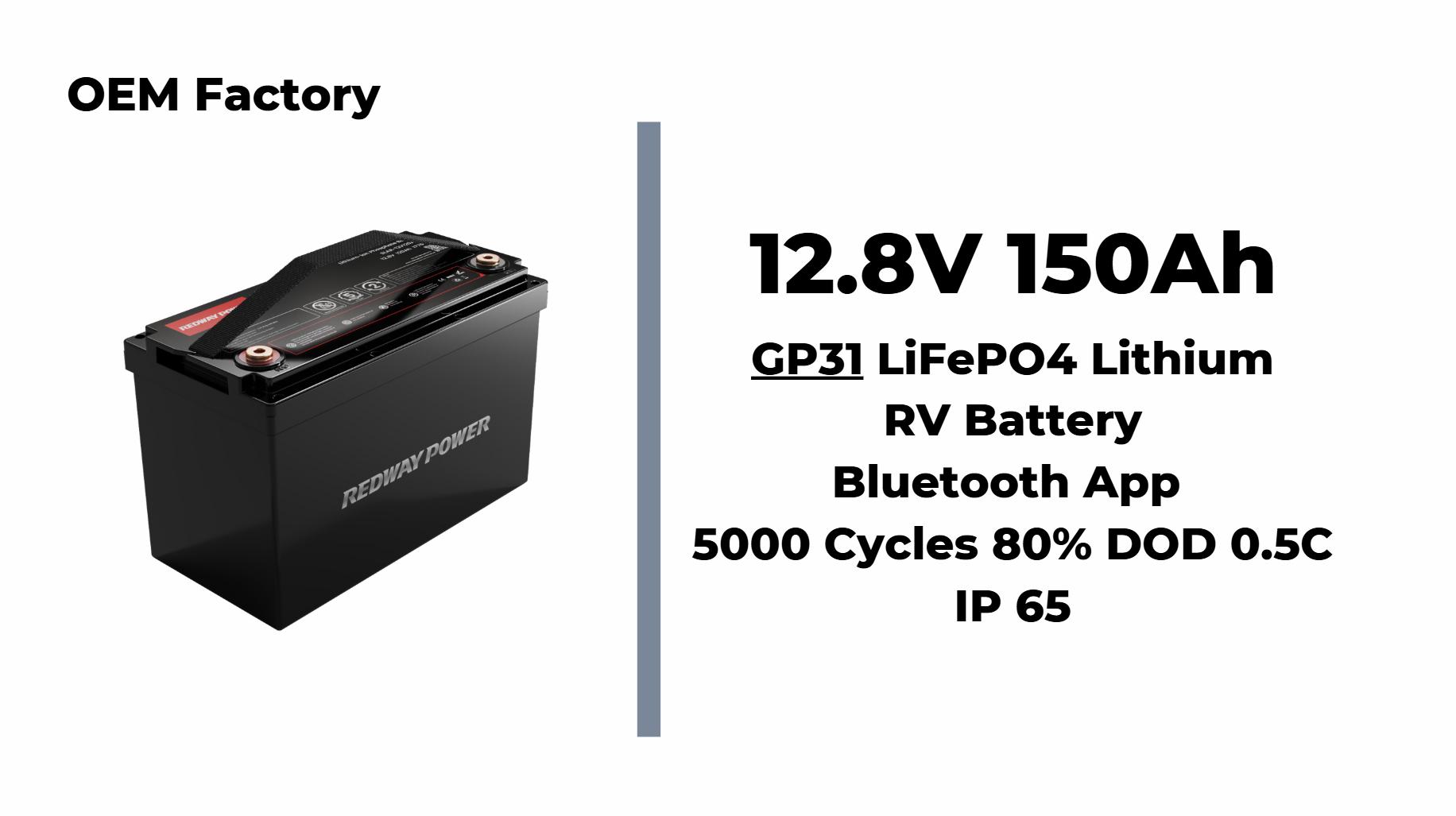
How to Safely Charge and Maintain LiFePO4 Batteries
Charging and maintaining LiFePO4 batteries correctly is essential for maximizing their lifespan and ensuring safety. This guide covers best practices for charging, the appropriate charging voltage, safety features, overcharging prevention methods, and maintenance tips for LiFePO4 batteries.
What Are the Best Practices for Charging LiFePO4 Batteries?
The best practices for charging LiFePO4 batteries include using a charger specifically designed for this battery type, which ensures optimal performance and safety. It is crucial to monitor the charging environment, maintain proper connections, and avoid extreme temperatures during the charging process. Following these guidelines can significantly enhance battery longevity.Diagram: Best Practices for Charging LiFePO4 Batteries
What Is the Recommended Charging Voltage for LiFePO4 Batteries?
The charging voltage for LiFePO4 batteries typically ranges from 3.50V to 3.65V per cell. For a standard 12V LiFePO4 battery (which consists of four cells), the recommended charging voltage is between 14.2V and 14.6V. Adhering to these voltage levels is critical to prevent overcharging and ensure safe operation.Diagram: Charging Voltage Levels for LiFePO4 Batteries
What Safety Features Are Integrated into LiFePO4 Batteries?
LiFePO4 batteries are equipped with several safety features designed to protect against overcharging, overheating, and short circuits. These include:
- Battery Management Systems (BMS): These systems monitor each cell’s voltage and temperature, preventing conditions that could lead to failure.
- Thermal Protection: Built-in mechanisms that shut down the battery if it reaches unsafe temperatures.
- Overcurrent Protection: Prevents excessive current flow that could damage the battery.
These features collectively enhance the safety and reliability of LiFePO4 batteries.
How Can You Prevent Overcharging in Lithium Batteries?
Preventing overcharging in lithium batteries, including LiFePO4 types, involves several strategies:
- Use a Dedicated Charger: Always use a charger specifically designed for LiFePO4 batteries to ensure proper voltage and current settings.
- Install a Charge Controller: A charge controller regulates the charging process, preventing excessive voltage from reaching the battery.
- Monitor Charging Conditions: Regularly check the battery during charging to detect any irregularities or overheating.
Implementing these measures can significantly reduce the risk of overcharging.Diagram: Overcharging Prevention Strategies
What Maintenance Tips Should You Follow for LiFePO4 Batteries?
Regular maintenance is crucial for ensuring the longevity of LiFePO4 batteries. Here are some essential maintenance tips:
- Keep Connections Clean: Ensure that terminals are free from corrosion and dirt to maintain good electrical contact.
- Monitor State of Charge: Regularly check the battery’s charge level and avoid deep discharges.
- Store Properly: If storing the battery long-term, keep it at around 60-70% charge in a cool, dry place.
By adhering to these maintenance practices, you can enhance the performance and lifespan of your LiFePO4 batteries.
Expert Views
“Proper charging techniques and regular maintenance are vital for maximizing the lifespan of LiFePO4 batteries. These practices not only improve performance but also ensure safety,” states Dr. Mark Thompson, an expert in battery technology.
How to charge a LiFePO4 battery?
Charging a lifepo4 battery is extremely easy just make sure you’re using a lifepo4 charger. By doing this you will prevent miss charging damaging or decreasing the overall life of your battery. It is extremely important that you know the chemistry of your battery and that you also know the type of charger you are using to charge your battery.
FAQ Section
- What are the best practices for charging LiFePO4 batteries?
Use a charger designed specifically for LiFePO4 batteries, monitor connections, and avoid extreme temperatures during charging. - What is the recommended charging voltage for LiFePO4 batteries?
The typical charging voltage ranges from 3.50V to 3.65V per cell; for a 12V battery, this translates to 14.2V to 14.6V. - What safety features do LiFePO4 batteries have?
They include Battery Management Systems (BMS), thermal protection mechanisms, and overcurrent protection. - How can I prevent overcharging my lithium battery?
Use a dedicated charger, install a charge controller, and monitor charging conditions regularly. - What maintenance tips should I follow for my LiFePO4 battery?
Keep connections clean, monitor state of charge regularly, and store properly at around 60-70% charge.
In conclusion, understanding how to charge and maintain LiFePO4 batteries effectively is essential for ensuring their longevity and safety. By following best practices regarding charging techniques, monitoring voltage levels, utilizing integrated safety features, preventing overcharging, and adhering to maintenance tips, users can maximize their investment in these advanced energy storage solutions.
